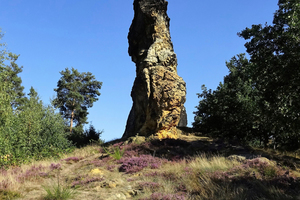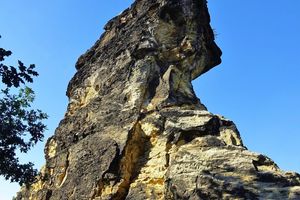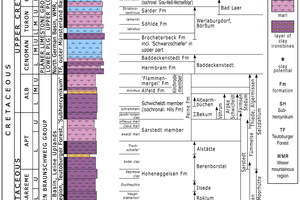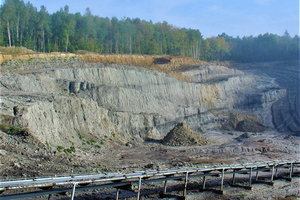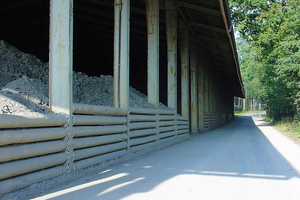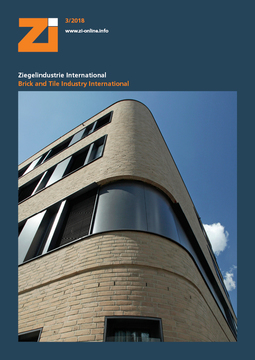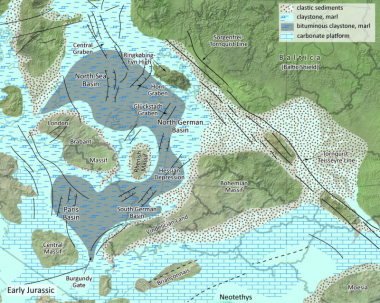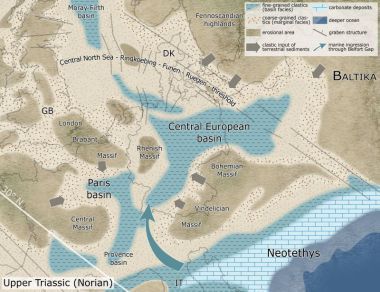Current clay potential in Germany | Part 7: Raw materials from the Cretaceous system
Lying in a thickness of over 2000 m, the distinctly plastic argillaceous clay rock from the Lower Cretaceous is one of the largest potential reserves of clay for the Northwest German clay brick and tile industry. This report provides information on the geological development and characteristics of the raw material. Against the background of steadily increasing political restrictions, this rich source should be secured as a priority.
1 Global geology and tectonics
Following the Jurassic, the Cretaceous represents the third and youngest system in the Mesozoic. The Cretaceous began around 145 mill. years ago and ended around 66 mill. years ago. The second half of the Cretaceous was characterized by global warming and an extreme greenhouse climate. With deep-reaching kaolinization of the bedrock, the formation of significant clay deposits in the overlying system of the Palaeogene was initiated. The end of the Cretaceous is correlated with worldwide mass extinction that affected numerous plant groups and almost all animal...




